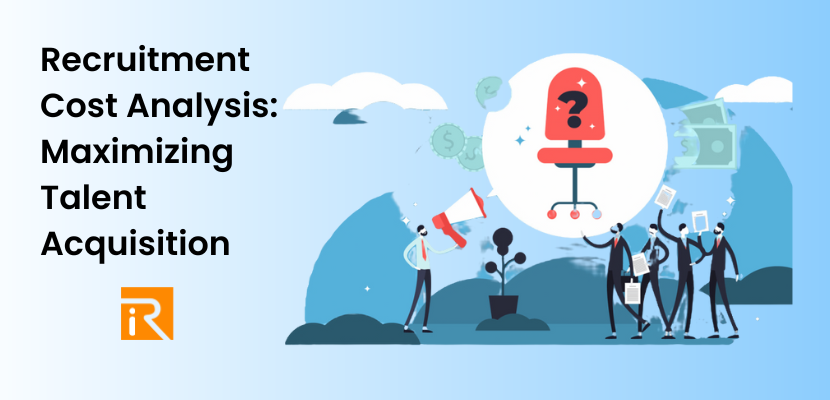Recruitment Cost Analysis is a critical practice that helps organizations optimize their hiring processes while keeping expenditures in check. We know that recruitment efforts account for 15% of Human Resources expenses.
In this blog, we will delve into the intricacies of Recruitment Cost Analysis, its importance, and how it can be a game-changer for your HR strategies.
Factors Impacting Recruitment Costs
Advertising and Marketing
Effective job postings and recruitment campaigns play a significant role in attracting qualified candidates. Here, we’ll discuss the strategies to optimize your advertising and marketing expenses while maximizing reach.
Screening and Assessment Tools
The tools used for evaluating candidates can either streamline the selection process or become a financial burden. We’ll explore cost-effective assessment solutions and their impact on recruitment costs.
Recruitment Agencies
Many organizations collaborate with recruitment agencies. We’ll analyze the cost-effectiveness of this approach and provide insights into selecting the right agency.
Onboarding and Training
Onboarding and training processes are often overlooked when calculating recruitment costs. Discover how investing in these areas can reduce long-term expenses.
Calculating Recruitment Costs
Direct Costs
These are the obvious expenses, such as job posting fees and background checks. Learn how to itemize and calculate these costs accurately.
Indirect Costs
Indirect costs, such as employee time spent on interviews, also affect recruitment expenses. We’ll discuss methods for quantifying these less obvious expenditures.
Hidden Costs
Hidden costs, like reduced productivity during the transition period, can be significant. Understand how to uncover and incorporate these into your analysis.
Cost-Per-Hire Formula
We’ll introduce the cost-per-hire formula and explain how it can provide valuable insights into your hiring processes.
Benefits of Recruitment Cost Analysis
Identifying Cost-Efficient Channels
Discover which recruitment channels deliver the best value for your investment.
Improving Recruitment Strategies
Leverage data from your cost analysis to refine your hiring strategies.
Maximizing ROI
Learn how optimizing recruitment costs can lead to a higher return on investment in your workforce.
Reducing Turnover
Uncover how reducing recruitment costs can also reduce employee turnover, saving your organization money in the long run.
Tools and Software for Cost Analysis
Applicant Tracking Systems
Explore the benefits of ATS systems and how they can simplify cost tracking.
Cost Analysis Software
Discover specialized software designed to streamline the recruitment cost analysis process.
Excel Templates
For those on a budget, we’ll provide downloadable Excel templates to kickstart your cost analysis.
Best Practices for Effective Cost Analysis
Data Collection and Documentation
Properly collecting and documenting recruitment data is key. We’ll guide you through the process.
Periodic Analysis
Learn why conducting regular cost analyses is essential for ongoing improvement.
Benchmarking
Benchmark your recruitment costs against industry standards to gauge your organization’s efficiency.
Case Study: Real-Life Cost Analysis Example
Scenario Overview
We’ll present a real-world case study, showcasing how a company successfully implemented Recruitment Cost Analysis.
Cost Analysis Process
Step by step, we’ll detail how the company conducted its analysis and the outcomes it achieved.
Outcomes and Learnings
Discover the tangible benefits and lessons learned from this case study.
Conclusion
In conclusion, Recruitment Cost Analysis is a powerful tool for optimizing your talent acquisition processes.
By understanding and strategically managing your recruitment costs, you can attract top talent while keeping your budget in check.
Start your journey towards a more cost-effective and efficient hiring process today.

















